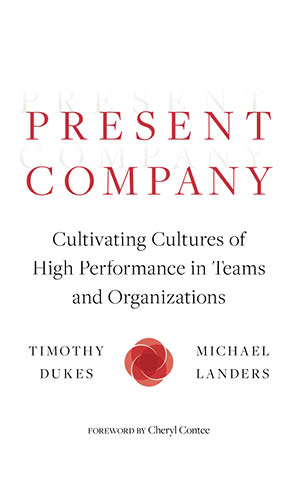
Summary: MYTH 1: You must quiet your mind.
MYTH 2: Being present means having a single focus.
MYTH 3: We need to be doing it all time.
MYTH 4: The ability to be present requires a lot of ‘brain training’
MYTH 1: You must quiet your mind
It is quite the opposite. To open yourself up to what the present moment can offer, you do not need your mind to go silent. You need to increase your awareness of your surroundings and how you are experiencing them. Recognise the signals—smell, sound, taste, sight, or feeling— that your senses are sending to your brain. By simply bringing those sensations into sharper focus, a feeling of presence will start to emerge. This is the key to developing the sensitivity and the skill to stay present in every moment. As you enter a state of presence, hidden sights, sounds, and feelings begin to emerge. There may be new revelations, or recognition of things that you had forgotten
MYTH 2: Being present means having a single focus
Many of us think of presence as something we do by ourselves, or just with one other person—an activity that must have a single point of focus. But it is possible to take in many focal points at once.
For example, you might be at the dinner table or at a meeting, listening to someone talking about their day. To be present, you would not only hear and deeply comprehend the words someone is saying, but also notice the sound of their voice, the light in their eyes, the excited rhythm of their breath. At the same time, you would be aware of how you feel, the joy in your heart, as you notice how the other people in the room resonate with what the speaker is saying. Perhaps, you are all laughing at something, you exchange smiles, you feel connected to your family or team, and you hold other demands for your attention at bay so as not to dislocate yourself from this microcosm. Presence is always the result of an exchange that reveals our fundamental connectedness. It is the capacity to embrace our internal, mental, and emotional dynamics while keeping us connected and related to the life surrounding us.
MYTH 3: We need to be doing it all time
Perhaps you have read this quote often attributed to the ancient Chinese philosopher, Lao Tzu: “If you are depressed, you are living in the past. If you are anxious, you are living in the future. If you are at peace, you are living in the present.” While there is some truth in this quote, the idea that we should never think about the past or the future is not just unrealistic; it is unhealthy. Replaying the past over and over in your mind or obsessing about future worries and concerns can prove draining. However, recalling the past with interest, curiosity, and joy or examining a future of possibility and growth can prove helpful. We can aim to be present and still engage in drawing on our unique pasts and taking time to wonder about our futures.
MYTH 4: The ability to be present requires a lot of ‘brain training’
While activities like meditation can help you access presence more easily, it is not essential. What is essential is that you take a moment to prepare your mind each time you transition from one activity or environment to the next. Think for a moment about all the transitions that mark your days. These may include going from your home to work, entering a team meeting, taking a call with a customer, eating lunch, and returning home. All of these daily occurrences tend to happen without us paying close attention to the transitional moments because we are too focused on what just happened or what will happen next. Spending time and effort on the transitional moments may not seem to be a good investment of our energy, but in fact, simply by tuning into these moments you may experience major benefits. By taking a moment to shift your awareness and take stock of each new environment, you will increase your potential to read the room and seize all kinds of opportunities that you may have otherwise missed.

MYTH 5: ‘Mindfulness’ and ‘presence’ are the same thing
Mindfulness allows for an exploration of what we are perceiving in a given moment. For example, sights, sounds, tastes, feelings, and scents all have the potential to register fully in our consciousness. We can become mindful of a bird’s call or the wind passing through the leaves of a tall tree. When being mindful, whatever you are choosing to focus on falls into the shadows of your experience of the thing. Presence, on the other hand, is additive. We are present for the sound of that bird’s call, and at once, on a subtle level of consciousness, we register their awareness of our hearing their call. We become not only the observer but also the observed. Whatever it is that we are ‘gifting’ our presence to, can exist in our world at the same moment that we have an existence in its world.
Log In or become an AIMA member to read more articles
